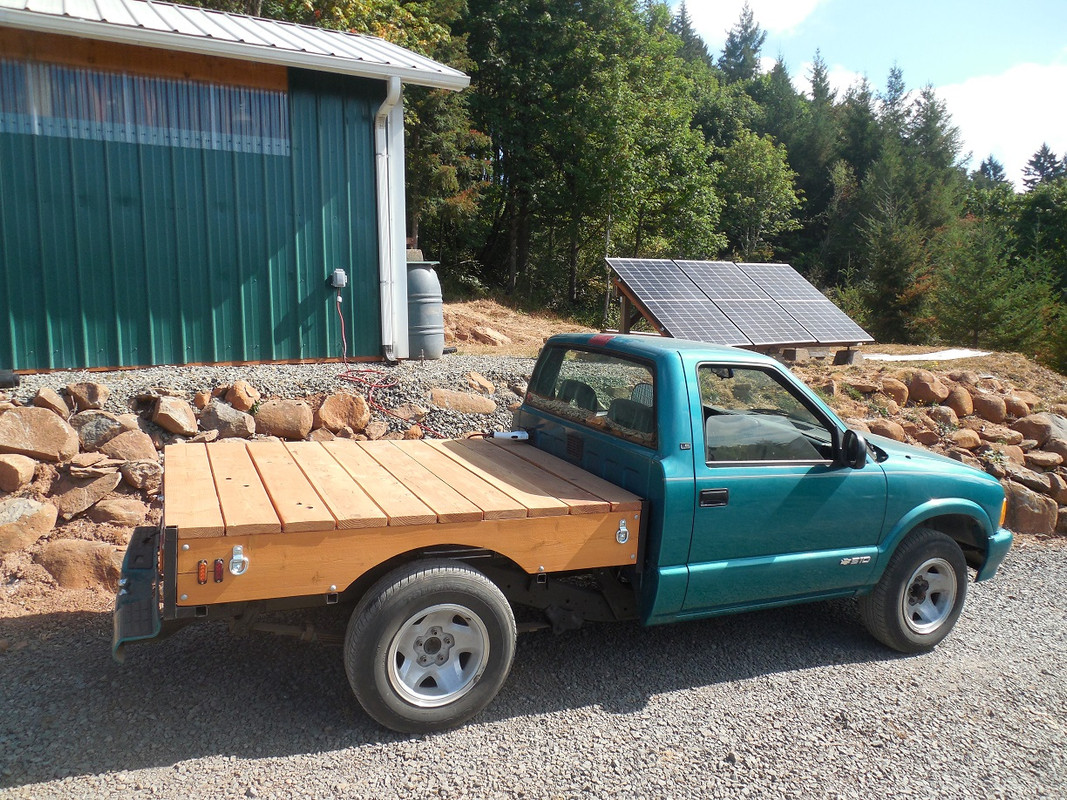Wood-fired gas generators are the only available method of generating energy today, in which the planet is cleansed. But this technology still has serious flaws.
History says that it was the appearance of the electric starter that gave a powerful impetus to the spread of cars. If only we could save gas generators from the factors that restrain their widespread distribution!
-
Too large dimensions and weight. Let the whole system be the size of another fuel tank! Filters and coolers will be hidden elsewhere in the car.
-
Complex ignition process. The client is ready to wait a few minutes, but let the gas generator ignite from the button or by timer!
-
Heavy process of fuel loading. It would be nice to use an ordinary hose to load fuel into an ordinary tank. No smell and no back fire!
-
Instability of the gas composition during transient modes of engine operation. Modern gasoline vehicles have long been equipped with fuel control electronics. Maybe it’s time for the gas generator to get its own Arduino?
-
Significant loss of engine power when running on wood gas. And, probably, it is possible to make the power be even more than when working on gasoline!
My suggestions for each item:
-
We make a gas generator like a horizontal pellet burner. With a screw feed. Small dimensions with a large gas outlet will lead to a high temperature load on the throat, grates and lances of the gasification chamber. We do all this from pipes through which we pass air for cooling. Next, we install two electrostatic precipitators. One works - the other is cleared. After a while, vice versa. After them, a gas cooler with an electric fan. A regular brass radiator should do the job. Below is a condensate drain valve. If the radiator is collapsible, it will be even better! Fuel either pellets for women and office workers, or sorted by size pieces of wood after a branch chipper. The electric shredder can be carried in the trunk.
-
For automatic ignition, you can install a cylinder and a compressor to take gas during the operation of the gas generator. Or with an empty tank, a port to connect a small camping tank. Install the gas valve and piezo ignition in the air pipe. Make the air supply forced, as in point # 5. Discharge non-combustible gas during ignition into the exhaust pipe. Gas sampling should be done before filters and cooler. Install piezo ignition and flame control there by a temperature sensor or high voltage.
-
Use a regular tank to store and dry fuel. And the auger of the gas generator will take fuel from here by itself. Make a monorator in this tank. With temperature control and condensate drain.
-
After the gas generator has switched from the nominal gas extraction mode to the mode when gas is not needed, turn on the compressor and pump gas into the cylinder. With a subsequent sharp increase in gas extraction from the gas generator, add gas from the cylinder until the gas generator returns to the nominal mode. Use the same bottle and the same compressor as in point # 2 for automatic ignition of the gas generator.
-
Install an electric turbine to pressurize the gas generator. It will require a powerful (about 2-3 kW) electric generator. You can immediately put an electric generator with a power of 5-6 kW on the car engine, and use it for emergency power supply of the house during bad weather, as well as for an electric saw and a shredder of branches during a trip over long distances. It can also be useful for powering the welding machine when repairing farm equipment right in the field.
Perhaps someone else has ideas on how to make wood-fired cars more attractive for mass production and sales than gasoline and diesel cars.
Either we will make a gas generator of the future, or we will suffocate from oil products and nuclear power plants (for charging electric vehicles), and then our children and grandchildren will have no future at all!
Sincerely. Marat Lysenko.



 The area of the USA is 9.5 million sq. km (2.348 billion acres). Each hectare of forest gives an annual increase in timber of 10,000 kg. Corn yields are about the same. But a forest can be sown once and only branches can be collected for centuries! A kind of personal wood well.
The area of the USA is 9.5 million sq. km (2.348 billion acres). Each hectare of forest gives an annual increase in timber of 10,000 kg. Corn yields are about the same. But a forest can be sown once and only branches can be collected for centuries! A kind of personal wood well.  That’s 22,046 pounds a year. That’s 8,921 pounds per acre of land. What is the average American wood consumption? Offer: 60 kg of firewood (equivalent to 20 liters of gasoline) per 100 km. Or 212 pounds of wood for 160 miles.
That’s 22,046 pounds a year. That’s 8,921 pounds per acre of land. What is the average American wood consumption? Offer: 60 kg of firewood (equivalent to 20 liters of gasoline) per 100 km. Or 212 pounds of wood for 160 miles.
